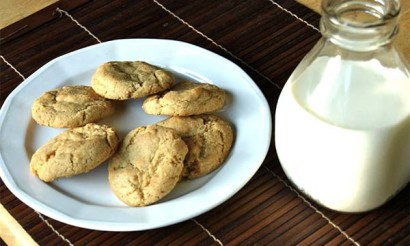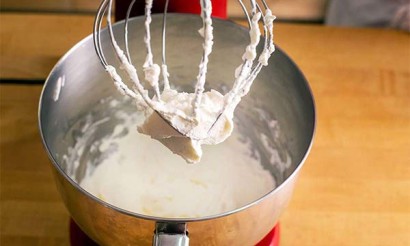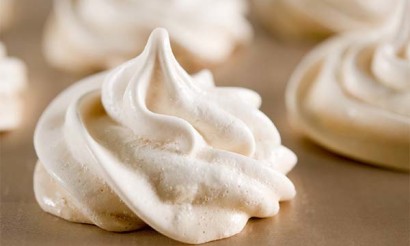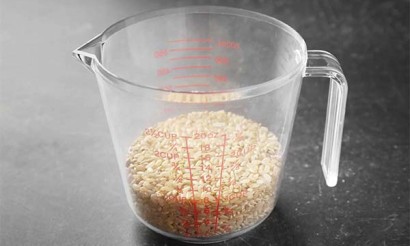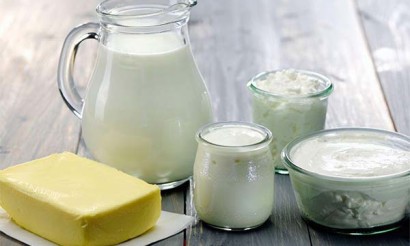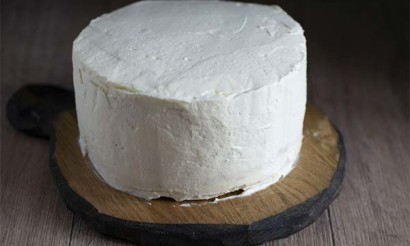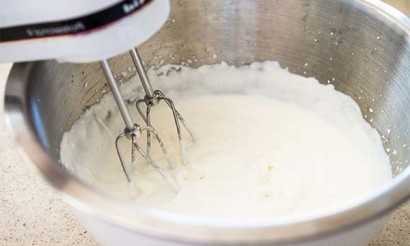How to color a biscuit with food colorings
Acid-colored desserts do not attract the attention of supporters of proper nutrition. More and more people prefer pastel-colored biscuits, obtained by dyeing with natural pigments. When making homemade cakes use not only store dyes, but also make them themselves from berries, fruits, vegetables, tea.
What are natural or natural food colors
Unlike synthetic dyes made by chemical synthesis, natural dyes are extracted from natural raw materials.
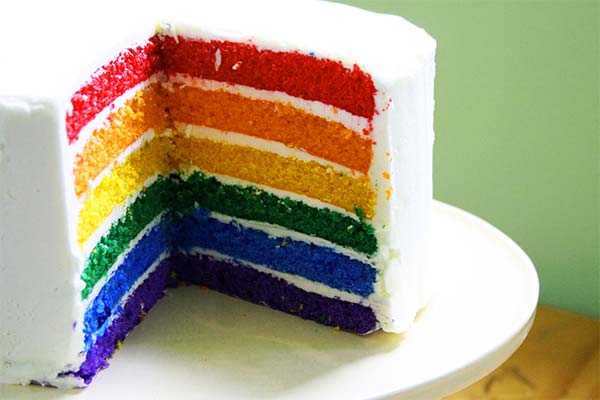
The product is a mixture of useful natural constituents of wild and cultivated plants:
- organic acids;
- vitamin and mineral complex;
- chlorophylls;
- flavonoids;
- aromatic substances;
- anthocyanins;
- carotenoids.
Confectionery products are colored by odorless and flavorless spice and algae extract, grinded into powdered leaves or flowers of Japanese matcha tea (green or blue), karkade. Natural, harmless pigments include powders from freeze-dried berries, dried juices, vegetables, red rice, and vegetable charcoal.
Disadvantages of natural dyes:
- uneconomical consumption;
- There is no division into water-soluble and fat-soluble;
- They are sensitive to oxygen, alkalis and acids;
- Change color when heated, become dull.
Tip! To get a bright color dessert, for 100 grams of finished product add at least 10 g of pigment.
How do natural dyes affect taste
Ideally, natural dye should be edible, harmless and tasteless. Housewives at home for dyeing biscuits use beets, carrots, spinach, syrups of berries, fruits.
Live products, as well as some purchased pigments have their own flavor, affect the taste of the dyed confectionery. The amount of dyes is not so great as to radically change the biscuit, but the dessert has a specific flavor.
Natural food colorings for biscuits
Not all natural dyes are used for baking biscuits, but the most heat-resistant ones that do not change color in the finished product:
- spinach powder, pumpkin, purple yams;
- bamboo charcoal powder, black carrot juice, barley leaf juice;
- carmine;
- curcumin;
- beta carotene;
- blue, matcha green;
- fermented red rice.
The pigment is mixed and sifted together with the flour in order to distribute it evenly in the biscuit. In the finished dough, homogeneity of color is more difficult to achieve. To get the desired tone, dye is added in the amount specified in the recipe.
Yellow (orange) biscuit
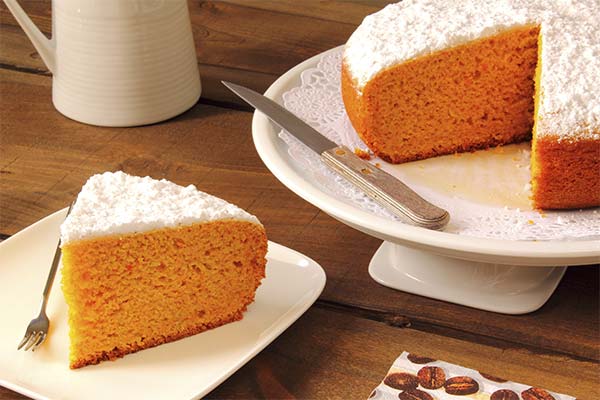
The yellow color of spicy biscuits gives beta-carotene, curcumin in the amount of 1 g per 100 g of dough. If you want a brighter tone, to 100 g of flour add 3 g of pumpkin powder, the taste of which is perfectly combined with cinnamon, nutmeg.
The pastry is colored orange by carrots. To make dye from the root vegetable, it is rubbed on a grater, pass it in butter. Both ingredients are taken in equal parts. After frying the dyed oil is strained through gauze. It is added to the dough.
Red biscuit (red velvet)
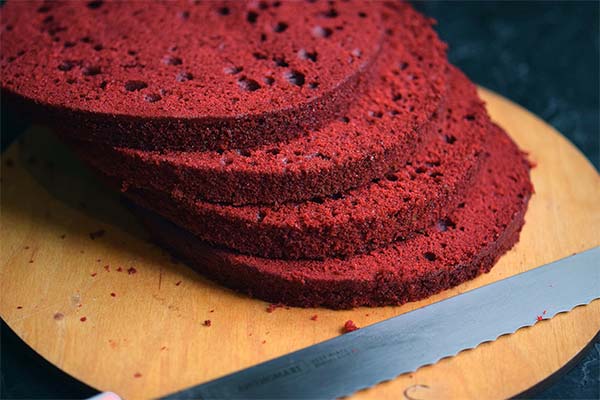
In "Red velvet" more often add synthetic thick gel. Housewives who prefer an all-natural composition choose natural pigments. To get the red-burgundy color of the biscuit, creating a contrast with the layers of white cream, use powdered fermented red rice.
The optimum amount of dye added to the dry ingredients is 10 g per 1 kg of dough. Brown semi-finished product after baking in the oven acquires a red color.
If you add more pigment than the recommended rate, the biscuit will darken. A brighter shade from red rice powder is obtained in confectionery products with a higher content of fatty components.
Pure red color gives raspberry, lingonberry, cranberry syrup. Closer to fuchsia, beet decoction fixed with vinegar gives color. Strawberry and cherry syrup, on the other hand, should not be used. The former makes the biscuit a dirty reddish color, the latter is closer to purple.
Black sponge cake
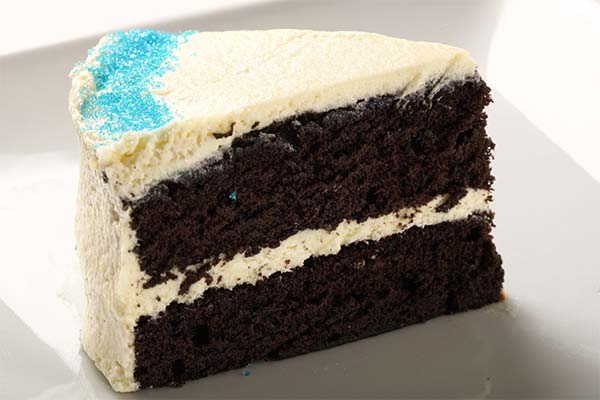
To bake an original black cake that harmonizes with white, silver, gold layers, coating and decorations, you need bamboo charcoal powder. The odorless and tasteless pigment is added in an amount of 6 g per kilogram of biscuit dough.
The peculiarity of coloring is that the charcoal is introduced into the dough in portions, first gently stirring with a spatula, then beating with a mixer. The pigment must necessarily be weighed. An approximate amount taken will not give the desired result.
The only disadvantage of bamboo charcoal - when baking, you can not be guided by the color of the biscuit, it will be black at any stage of readiness.
If you can't find the dye in the store, you can use activated charcoal or add black sesame seeds to the flour.
Emerald biscuit.
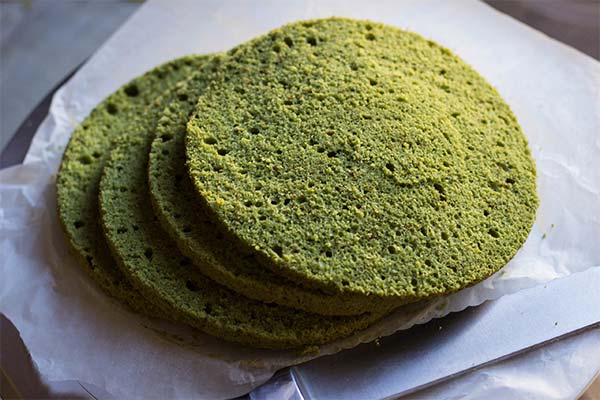
The green dessert is dyed with:
- dried barley shoot juice;
- spinach or barley leaf powder;
- bright green matcha tea.
The lightest hue is obtained after dyeing with barley shoot juice. Its bright flavor immediately after baking the biscuit disappears after a few hours.
The richest color and herbal flavor notes give powders of spinach, barley leaves (2.5 g per 100 g of dough). Menthol powder, lemon peel mask foreign flavors.
The use of tart quality matcha tea makes the dessert tangy, smooths out the lusciousness.
Lavender bisque.
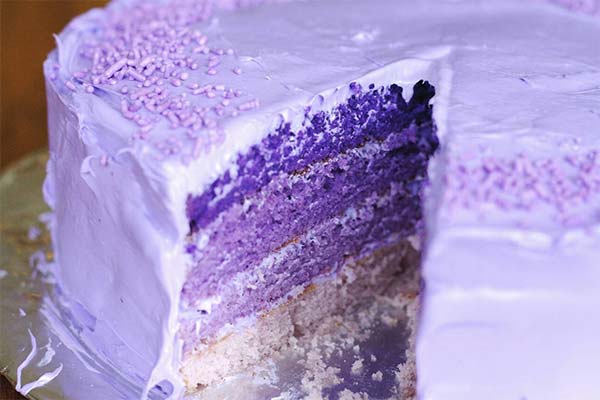
A purple tone that does not change color when heated is obtained from the use of black carrot powder, freeze-dried blueberries, and purple yams.
Black carrots with the natural pigment anthocyanin are more suitable for dyeing biscuits. To make the purple-colored confection more appealing to consumers, confectioner's lavender is added to it. The flavoring gives the dessert a pleasant aftertaste.
It is better to buy the dye in powder, as the extra liquid does not disturb the structure of the biscuit.
The pigment does not react to an increase in temperature, but is sensitive to acids. To avoid blue stains when adding the leavening agent, sift the flour mixed with the dye twice. When making biscuits, take 15 g of dried black carrot juice per 200 g of flour.
Brown (chocolate) biscuit
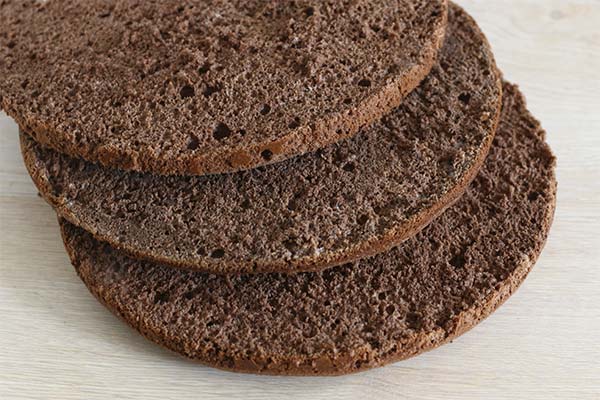
You will need cocoa powder or melted chocolate to make brown biscuits. For pastries, it is better to choose alkalized (alkali-treated) cocoa with a richer color. For a mocha flavor, the dough also contains syrup made from instant or natural coffee. In baked goods for children, this ingredient is replaced by chicory.
Alkalized, expensive cocoa can be found in specialty stores for pastry chefs. When using this ingredient, no vinegar-quenched baking soda should be added to the dough, only a leavening agent.
Adding natural dyes to the flour or dough, you can not be sure in obtaining biscuits of bright, saturated colors. But pastel-colored cakes consist of natural components, are not harmful to health.
«Important: All information on the site is provided solely for introductory purposes. Before applying any recommendations, consult with a specialist. specialist before applying any recommendations. Neither the editors nor the authors shall be liable for any possible harm caused by materials."

